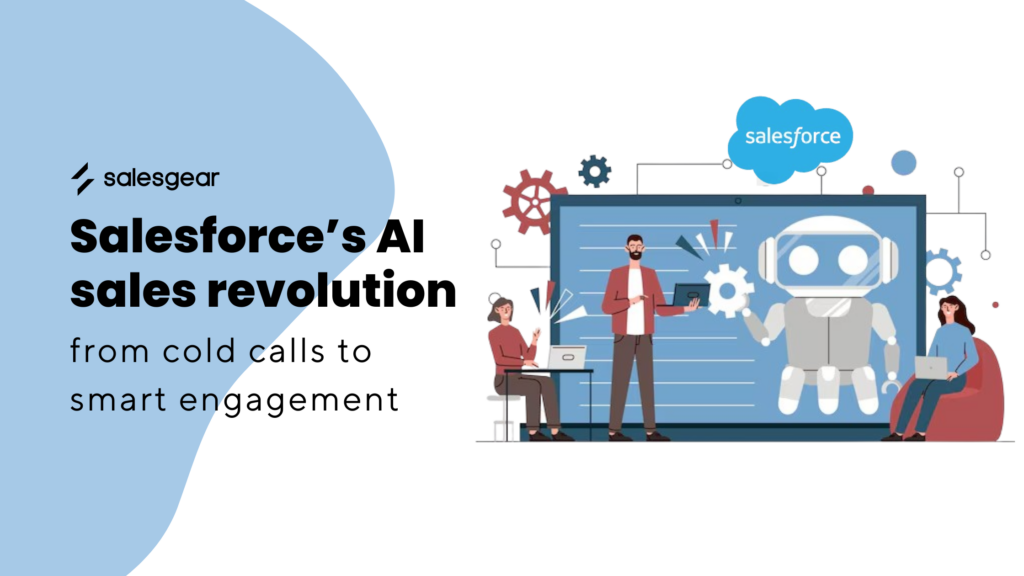
The AI-Powered Sales Revolution: Salesforce’s Journey from Cold Calls to Smart Engagement
In the fast-paced world of sales and customer engagement, a profound transformation is reshaping how businesses connect with their clients. At the forefront of this revolution is Salesforce, a pioneering force in customer relationship management (CRM) solutions.
With its innovative AI-powered approach and integration of VoIP (Voice over Internet Protocol) technology, Salesforce is not just changing the game – it’s redefining the playing field entirely. This seismic shift marks the evolution from the era of cold calls to the age of intelligent, data-driven customer interactions enhanced by VoIP capabilities.
The Evolution of Sales Techniques: A Historical Perspective
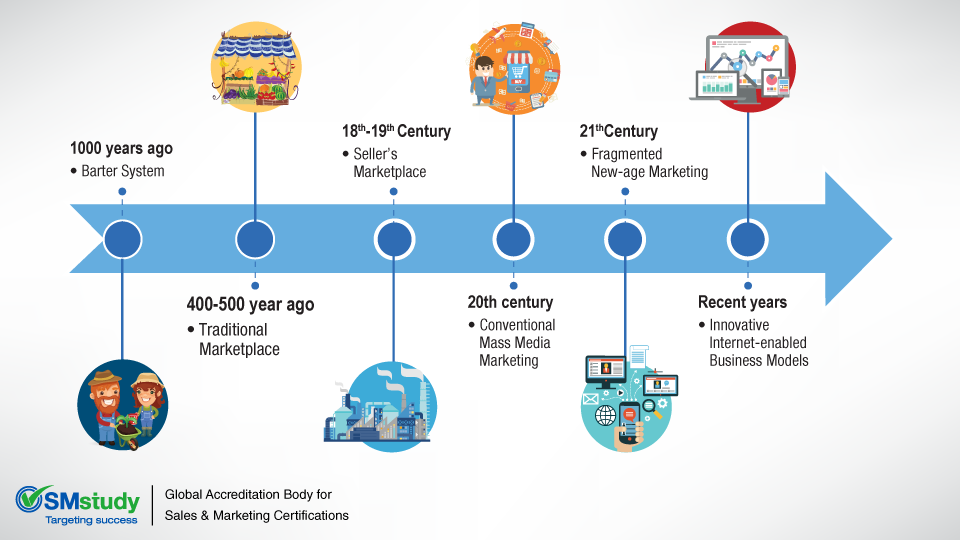
To truly appreciate the magnitude of this change, we must first look back at the history of sales methodologies and understand how we arrived at this pivotal moment.
The Dawn of Modern Sales
The roots of modern sales techniques can be traced back to the late 19th and early 20th centuries. This era saw the rise of door-to-door salesmen, armed with charisma and rehearsed pitches, traversing neighborhoods to peddle their wares. These early practitioners relied heavily on personality and persuasion, often employing what we now recognize as high-pressure sales tactics.
As businesses grew and markets expanded, the need for more efficient sales methods became apparent. The mid-20th century witnessed the birth of telemarketing and the infamous cold call, which would later evolve with the integration of VoIP technology.
The Rise and Fall of Cold Calling
Cold calling emerged as a revolutionary sales technique in the 1950s and quickly became the cornerstone of many sales strategies. This method allowed businesses to reach a broader audience more rapidly than ever before. Sales teams could now contact dozens, if not hundreds, of potential customers daily, all from the comfort of their offices. The advent of VoIP technology in the late 20th century further enhanced the efficiency of cold calling, allowing for cheaper and more flexible communication options.
The typical cold call, whether conducted through traditional phone lines or VoIP systems, followed a predictable pattern:
- Introduction and rapport building
- Qualifying the prospect
- Presenting the product or service
- Handling objections
- Closing the sale or scheduling a follow-up
For decades, cold calling reigned supreme in the sales world. It was cost-effective, scalable, and, when done right, could be remarkably successful. Many of today’s Fortune 500 companies built their early customer bases through aggressive cold calling campaigns, later enhancing their reach with VoIP-based solutions.
However, as we moved into the digital age, the limitations and drawbacks of cold calling became increasingly apparent, even with VoIP improvements:
- Low Success Rates: Even skilled salespeople typically saw conversion rates of less than 2% from cold calls.
- Negative Brand Perception: Unsolicited calls often led to irritation, potentially damaging brand reputation, a problem that persisted even with VoIP’s enhanced call quality.
- Inefficiency: Sales reps spent countless hours on unproductive calls, wasting valuable time and resources, despite the cost savings offered by VoIP.
- Lack of Personalization: Generic scripts failed to address individual customer needs and preferences, a limitation not solved by VoIP alone.
- Legal and Regulatory Challenges: The introduction of do-not-call lists and stricter telemarketing regulations made cold calling increasingly difficult, affecting both traditional and VoIP-based calling strategies.
As these limitations became more pronounced, it was clear that a new approach was needed – one that could harness the power of data, technology, and advanced communication systems like VoIP to create more meaningful customer interactions.
The Digital Revolution and the Birth of CRM
The advent of the internet, VoIP technology, and the proliferation of digital technologies in the late 20th and early 21st centuries set the stage for a radical transformation in sales methodologies.
The Rise of Customer Relationship Management (CRM)

As businesses began to digitize their operations, they accumulated vast amounts of customer data. The challenge was how to effectively manage and utilize this information to improve sales and customer service. Enter Customer Relationship Management (CRM) systems, which began to incorporate VoIP capabilities for seamless communication integration.
CRM software emerged as a powerful tool for businesses to:
- Store and organize customer information
- Track interactions and sales activities, including VoIP-based calls
- Manage leads and opportunities
- Integrate communication channels, including VoIP, for a unified customer view
Salesforce, founded in 1999, was at the forefront of this CRM revolution. By offering one of the first cloud-based CRM solutions with VoIP integration capabilities, Salesforce made sophisticated customer management tools accessible to businesses of all sizes.
The Limitations of Early CRM Systems
While early CRM systems were a significant improvement over traditional methods, they still had limitations, even with VoIP integration:
- Data Silos: Information was often trapped in different departments or systems, making it difficult to get a holistic view of the customer.
- Manual Data Entry: Sales reps spent considerable time inputting data, reducing time spent on actual selling, despite the efficiency gains from VoIP.
- Static Analysis: While CRMs could provide historical data, they lacked predictive capabilities to fully leverage the rich data from VoIP interactions.
- One-Size-Fits-All Approach: Early systems didn’t account for the unique needs of different industries or business models.
These limitations set the stage for the next big leap in sales technology: the integration of artificial intelligence with advanced communication systems like VoIP.
Salesforce’s AI Revolution: Introducing Einstein
Recognizing the need for more intelligent, predictive sales tools, Salesforce introduced Einstein, its AI-powered platform, in 2016. Einstein represents a quantum leap in CRM capabilities, leveraging the power of machine learning, natural language processing, and predictive analytics to transform raw data into actionable insights.
Key Features of Salesforce Einstein
- Predictive Lead Scoring: Einstein analyzes historical data to identify the characteristics of successful leads, allowing sales teams to prioritize their efforts more effectively.
- Opportunity Insights: The AI provides recommendations on the next best actions to move deals forward, based on patterns observed in successful past transactions.
- Automated Activity Capture: Einstein can automatically log emails and calendar events, reducing manual data entry and ensuring a complete view of customer interactions.
- Sentiment Analysis: By analyzing the tone and content of customer communications, Einstein can gauge customer sentiment and alert sales reps to potential issues or opportunities.
- Personalized Product Recommendations: The AI can suggest relevant products or services based on a customer’s purchase history and behavior, increasing cross-sell and upsell opportunities.
- Predictive Forecasting: Einstein uses historical data and current trends to provide more accurate sales forecasts, helping businesses make informed decisions.
The Benefits of AI-Powered Sales: A Deeper Dive

The integration of AI into the sales process brings a multitude of benefits that go far beyond simple efficiency gains. Let’s explore these advantages in greater detail:
1. Increased Efficiency and Productivity
AI-powered tools like Salesforce Einstein act as a force multiplier for sales teams:
- Automated Data Entry: By automatically capturing and logging customer interactions, AI frees up sales reps to spend more time on high-value activities like relationship building and closing deals.
- Intelligent Task Prioritization: AI algorithms can analyze a rep’s pipeline and suggest which tasks or leads should be prioritized, ensuring that effort is always directed where it’s most likely to yield results.
- Streamlined Workflows: By automating routine tasks and providing contextual recommendations, AI helps sales reps navigate complex sales processes more efficiently.
2. Enhanced Customer Engagement and Satisfaction
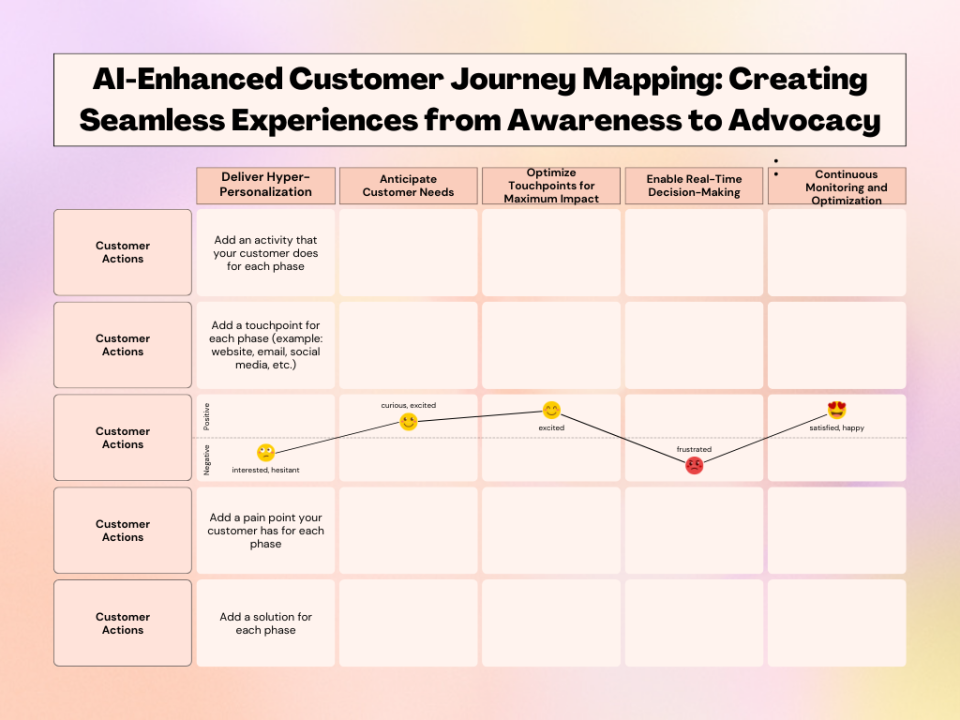
AI enables a level of personalization and responsiveness that was previously impossible:
- Hyper-Personalization: By analyzing vast amounts of data, AI can help craft highly personalized messages and offers that resonate with individual customers.
- Proactive Engagement: Predictive analytics can identify when a customer is likely to need a particular product or service, allowing for timely, relevant outreach.
- Consistent Omnichannel Experience: AI ensures that customer interactions are consistent and contextually relevant across all touchpoints, from email to social media to in-person meetings.
3. Higher Conversion Rates and ROI
The precision and intelligence that AI brings to the sales process naturally lead to improved outcomes:
- Focused Efforts: By identifying high-potential leads and opportunities, AI ensures that sales efforts are concentrated where they’re most likely to succeed.
- Optimized Pricing: AI can analyze market conditions, competitor pricing, and customer behavior to suggest optimal pricing strategies, maximizing both conversions and profitability.
- Reduced Churn: By predicting which customers are at risk of churning, AI allows for proactive retention efforts, improving customer lifetime value.
4. Data-Driven Decision Making
AI transforms raw data into actionable intelligence:
- Real-Time Insights: Sales managers can access up-to-the-minute insights on pipeline health, team performance, and market trends.
- Predictive Analytics: AI can forecast future sales trends, allowing businesses to make proactive decisions about resource allocation and strategy.
- A/B Testing at Scale: AI can rapidly analyze the performance of different sales approaches, allowing for continuous optimization of sales strategies.
5. Adaptive Learning and Continuous Improvement
Unlike traditional sales tools, AI-powered systems get smarter over time:
- Self-Improving Algorithms: As more data is fed into the system, AI algorithms continuously refine their predictions and recommendations.
- Identification of Best Practices: By analyzing the behaviors of top-performing sales reps, AI can identify and disseminate best practices across the entire sales organization.
- Market Responsiveness: AI can quickly detect shifts in market conditions or customer preferences, allowing sales strategies to be adjusted in real-time.
Implementing AI-Powered Sales: Strategies for Success
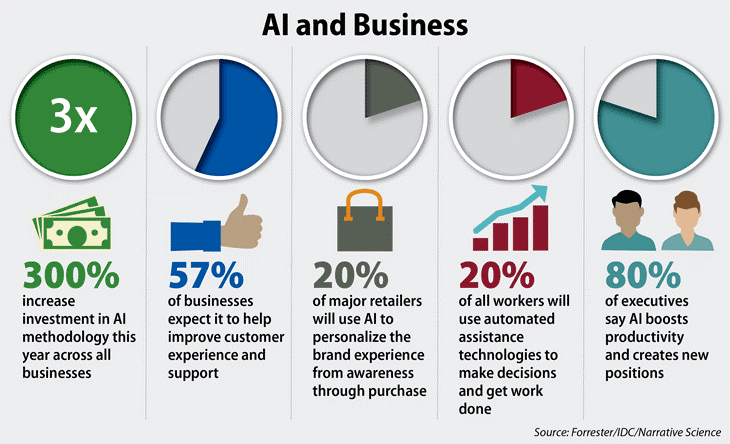
While the benefits of AI in sales are clear, successful implementation requires careful planning and execution. Here are key strategies for businesses looking to leverage AI in their sales processes:
1. Start with a Clear Vision and Strategy
Before implementing any AI tools, it’s crucial to have a clear understanding of what you want to achieve:
- Define specific, measurable goals for your AI implementation
- Identify the key pain points in your current sales process that AI could address
- Align your AI strategy with broader business objectives
2. Ensure Data Quality and Integration
AI is only as good as the data it’s fed. To get the most out of your AI implementation:
- Conduct a thorough audit of your existing data
- Implement data cleansing and standardization processes
- Ensure that data from all relevant sources (CRM, marketing automation, customer service, etc.) is integrated
3. Choose the Right AI Solution
Not all AI tools are created equal. When selecting an AI solution:
- Consider your specific industry and business model
- Evaluate the solution’s scalability and flexibility
- Look for a solution with a proven track record in your sector
4. Invest in Training and Change Management
The introduction of AI will likely require significant changes to existing processes and workflows:
- Provide comprehensive training on the new AI tools and processes
- Address concerns and resistance through clear communication and education
- Highlight early wins to build momentum and buy-in
5. Start Small and Scale Up
Rather than attempting a full-scale AI implementation all at once:
- Begin with a pilot project in a specific area or department
- Gather feedback and learn from the pilot before expanding
- Gradually roll out AI capabilities across the organization
6. Foster a Data-Driven Culture
To fully leverage the power of AI, it’s important to cultivate a data-driven mindset throughout the organization:
- Encourage decision-making based on data and insights rather than gut feeling
- Reward behaviors that align with the AI-driven approach
- Promote transparency in how AI is being used and its impact on the business
7. Continuously Monitor and Optimize
AI implementation is not a one-time event, but an ongoing process:
- Regularly review the performance of your AI tools against your defined goals
- Stay abreast of new developments in AI technology
- Be prepared to adjust your strategy based on results and emerging opportunities
Ethical Considerations in AI-Powered Sales
As businesses increasingly rely on AI for sales and customer engagement, it’s crucial to address the ethical implications of these technologies:
Data Privacy and Security
With AI systems processing vast amounts of customer data, ensuring privacy and security is paramount:
- Implement robust data protection measures
- Be transparent about data collection and usage practices
- Comply with relevant regulations like GDPR and CCPA
Algorithmic Bias
AI systems can inadvertently perpetuate or amplify biases present in their training data:
- Regularly audit AI algorithms for potential biases
- Ensure diversity in the teams developing and implementing AI systems
- Be prepared to intervene and correct when biases are detected
Transparency and Explainability
As AI systems become more complex, it’s important to maintain transparency:
- Be clear with customers about when they are interacting with AI
- Ensure that AI-driven decisions can be explained and justified
- Maintain human oversight of critical decisions
The Human Element
While AI can greatly enhance the sales process, it’s important not to lose sight of the human element:
- Use AI to augment, not replace, human sales professionals
- Maintain a balance between efficiency and personalization
- Recognize the importance of human judgment and intuition in complex sales situations
The Future of AI in Sales: Emerging Trends and Predictions
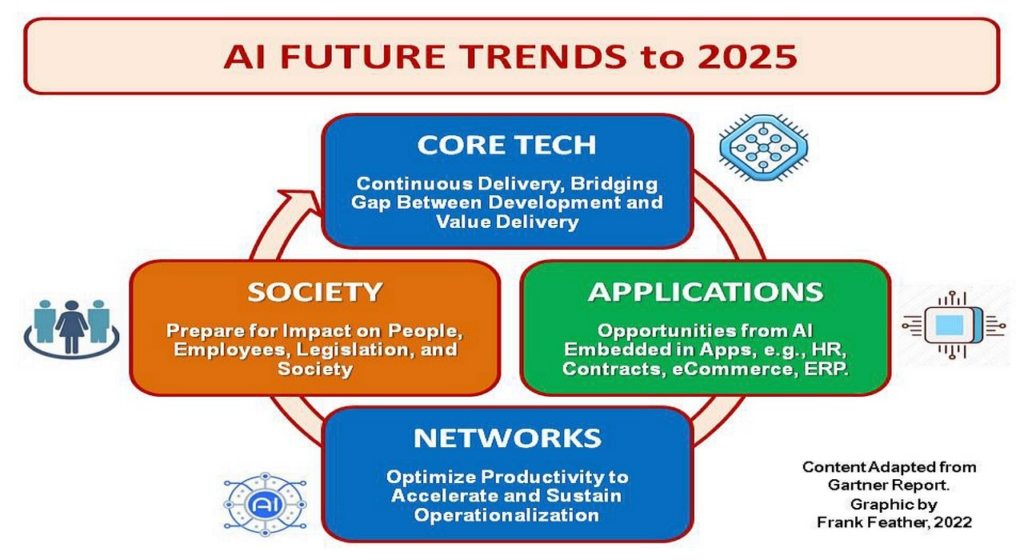
As AI technology continues to evolve at a rapid pace, we can expect to see even more profound changes in the sales landscape. Here are some emerging trends and predictions for the future of AI in sales:
1. Hyper-Personalization at Scale
AI will enable businesses to deliver personalized experiences to millions of customers simultaneously:
- Dynamic content generation tailored to individual preferences
- Real-time adjustment of offers based on customer behavior
- Personalized product bundles and pricing
2. Predictive Sales
AI will move beyond reactive analytics to truly predictive capabilities:
- Identifying potential customers before they even realize they need a product
- Predicting market trends and customer needs months or years in advance
- Automated adjustment of sales strategies based on predicted future scenarios
3. Augmented Reality (AR) and Virtual Reality (VR) in Sales
AI will power immersive sales experiences:
- Virtual product demonstrations tailored to each customer’s needs
- AI-guided virtual sales assistants
- Simulated environments for complex B2B sales scenarios
4. Voice and Natural Language Processing
As voice technology improves, we’ll see new interfaces for sales AI:
- Voice-activated CRM systems
- Real-time language translation for global sales
- Sentiment analysis of voice calls to guide sales interactions
5. Autonomous Sales Processes
For certain products and markets, entire sales processes may become automated:
- AI-driven chatbots handling end-to-end sales for simple products
- Automated negotiation and contract generation
- Self-optimizing e-commerce systems
6. Integration with Internet of Things (IoT)
AI will leverage data from connected devices to enhance sales:
- Predictive maintenance offers based on IoT sensor data
- Personalized product recommendations based on usage patterns
- Automated reordering of consumables
7. Emotional AI
Advanced AI systems will be able to recognize and respond to human emotions:
- Adjusting sales pitches based on detected emotional states
- Identifying and addressing customer frustrations in real-time
- Coaching sales reps on emotional intelligence
Conclusion: Embracing the AI-Powered Future of Sales
The journey from cold calls to AI-powered smart engagement represents a fundamental shift in how businesses connect with their customers. Salesforce’s Einstein platform exemplifies the transformative potential of AI in sales, offering a glimpse into a future where technology and human insight combine to create unparalleled customer experiences.
For business leaders, the message is clear: embracing AI in sales is no longer optional – it’s a competitive necessity. Those who invest wisely in AI technologies, foster a data-driven culture, and prioritize ethical considerations will be well-positioned to lead in the new age of intelligent customer engagement.
The era of smart, AI-powered sales is here. It’s time for businesses to answer the call and step into the future of customer relationships. The question is not whether to embrace this revolution, but how quickly and effectively you can leverage it to transform your sales processes and drive unprecedented growth.
As we look to the horizon, one thing is certain: the fusion of human expertise and AI capabilities will continue to redefine the art and science of sales, opening up new possibilities for businesses to connect with their customers in more meaningful and impactful ways than ever before. The future of sales is intelligent, predictive, and personalized – and it’s already unfolding before our eyes.